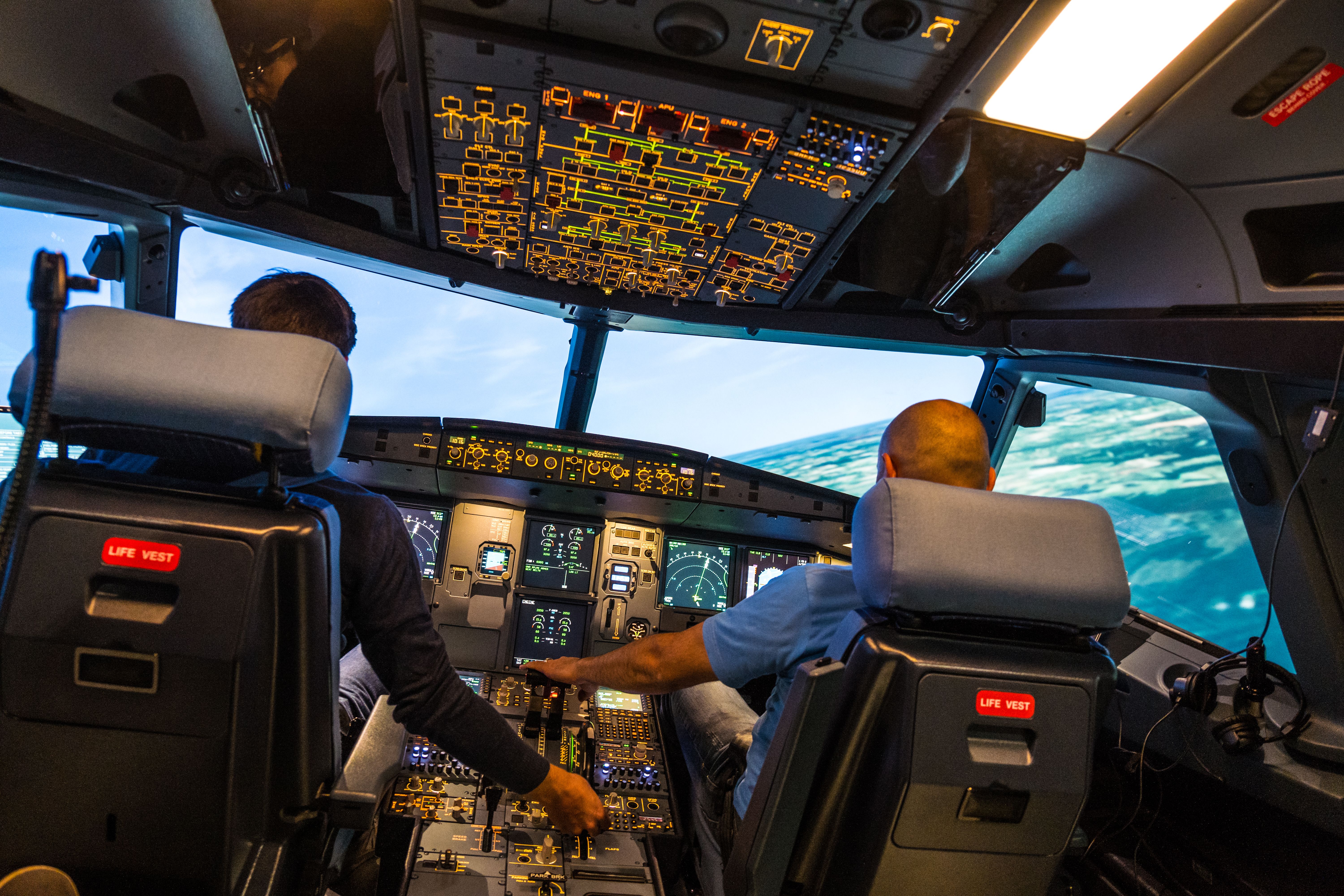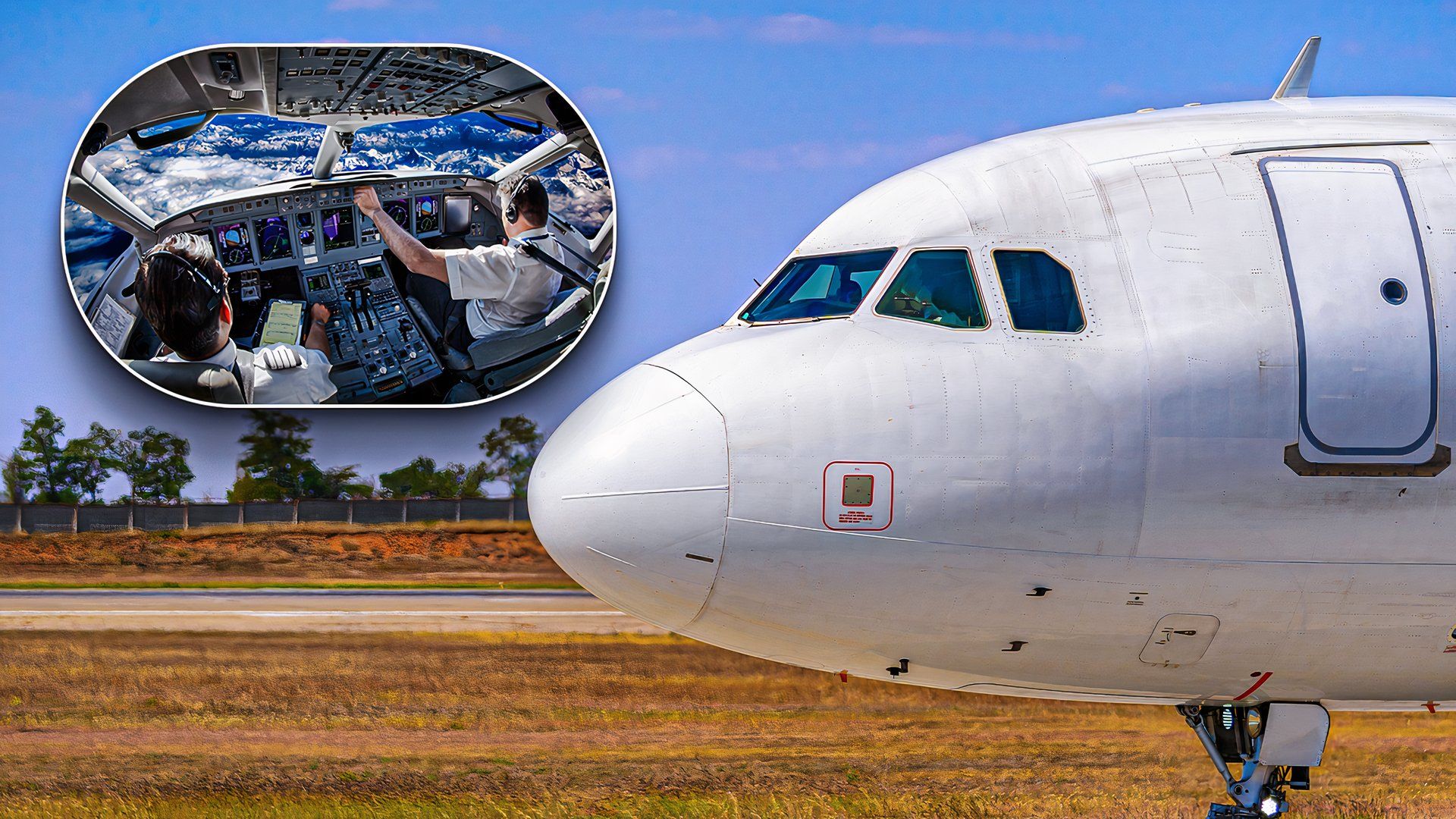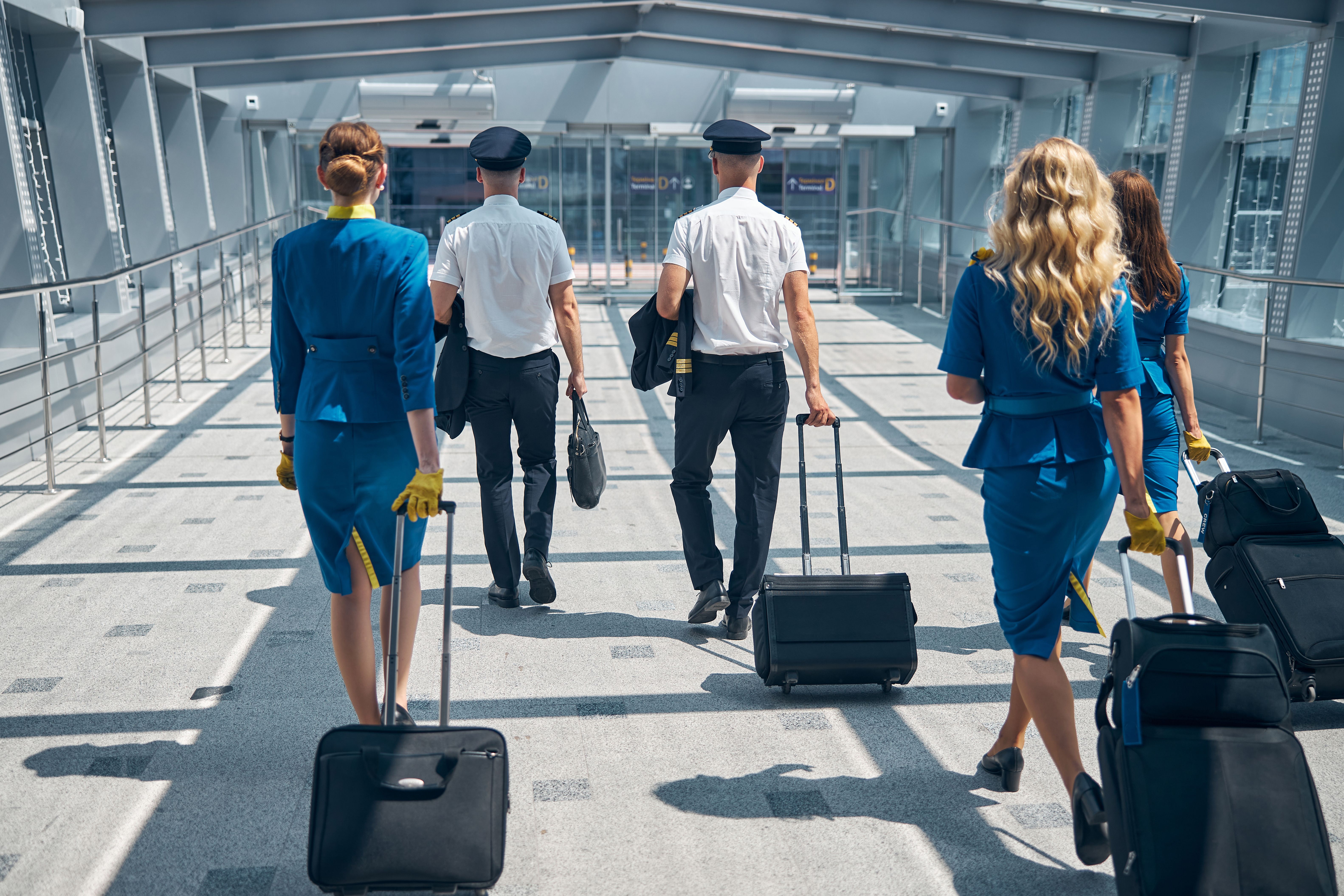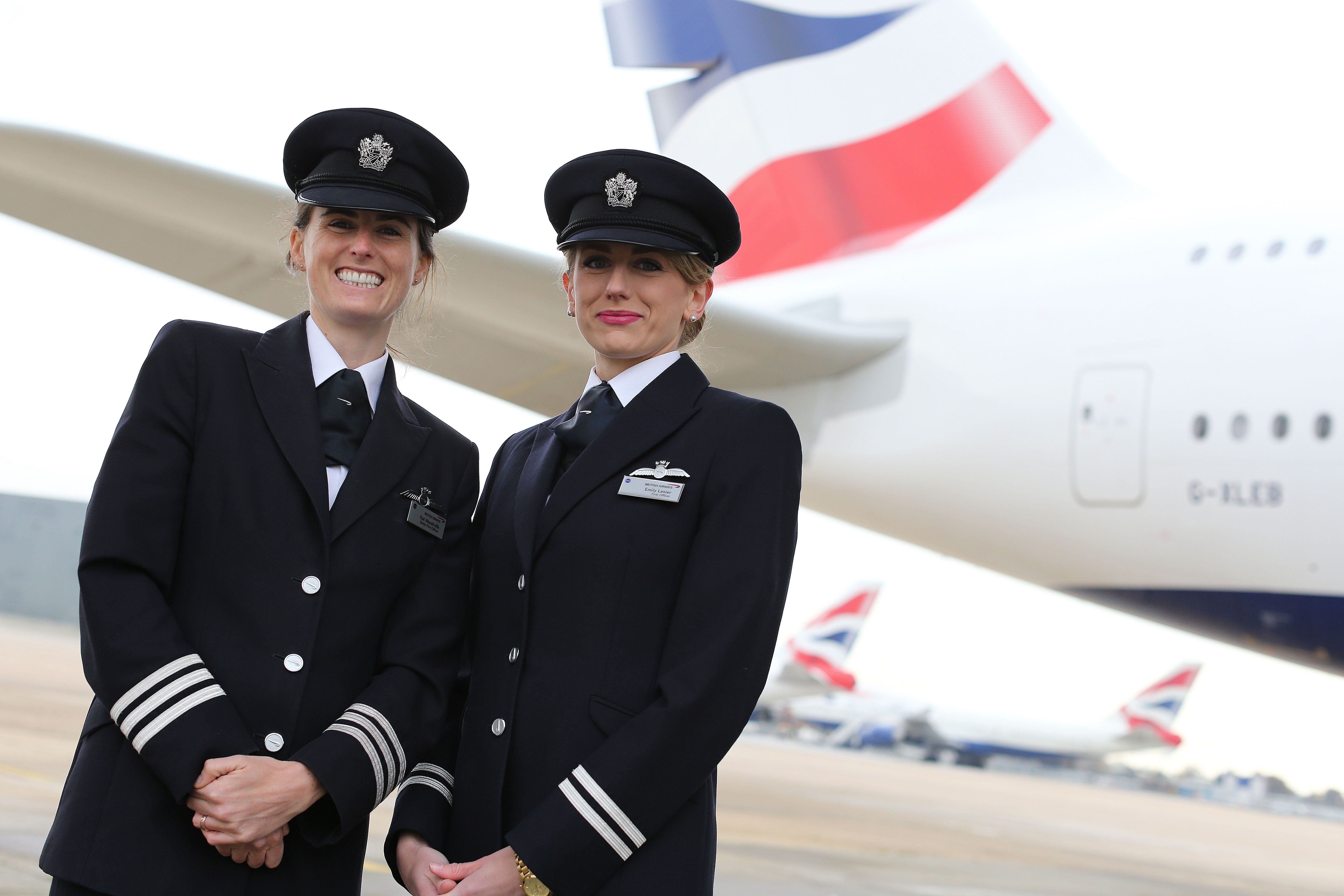Summary
- The pilot’s ability to fly together is greatly influenced by airline size, among other items.
- Pilots must fly the same aircraft type to work together.
- Pilots based in the same domicile are more likely to work together.
One of the more frequently asked questions is how often pilots work together. Most folks are surprised to hear that many trips involve working with previously unacquainted colleagues. Here are some factors that influence that answer and some things that increase the probability of pilots working together more than once.
Large airlines
The frequency and ability to fly with a familiar face come down to many factors. One of the more outstanding determiners is how large the airline is. Major US airlines like Delta, American, and United employ over 15,000 pilots and 20,000 flight attendants each. To put it in perspective, 15,000 people could fill a standard-sized sports arena. That’s a lot of people, and it avails the easy answer to the question: It’s improbable and infrequent that pilots fly together. However, there’s much more at play than the airline’s size.
Aircraft type
Pilots need to fly the same plane as a prerequisite to flying together. For example, only captains and other captains or first officers on Boeing 737s can be paired to work together. Likewise, Airbus A320 pilots have the same restriction. First officers cannot fly with each other on unaugmented crews—there must always be a captain. First officers do fly together on long-haul missions when there are three or more pilots aboard.
Fleet size
A fleet’s size is another determining factor in how often pilots fly together. Large fleets naturally have more pilots and might also be spread across various crew bases, also known as domiciles. Smaller fleets have fewer pilots and, more likely than not, fewer crew bases, so these pilots might encounter each other more commonly. However, the smallest fleets by aircraft ccount tend to be widebodies. These pilots work fewer trips in an average month which reduces the probability of encountering the crew members they’ve worked with before.
Airlines with more diverse fleets might have a better overall probability for their pilots to work together on multiple occasions. With pilots spread across numerous fleets and sub-fleets, there are smaller numbers of folks in each category (CA/FO in a particular domicile), which creates a greater chance of working with the same person twice. Southwest Airlines uses a single aircraft (Boeing 737) with bases in 12 cities, resulting in 24 pilot categories. By comparison, Delta Air Lines has 64 categories. Even though it’s a larger airline by pilot count, Delta pilots might stand a better chance to work together multiple times because the pilots are spread across many categories which results in a fewer number of potential pilots one is allowed to work with.
Domiciles
Perhaps pilots on smaller bases are the most likely to work together randomly multiple times. For example, New York City-based Boeing 767-400 pilots at Delta are a small fraction of the airline’s overall pilot group, as are Los Angeles-based Boeing 787 pilots at American. United also has smaller domiciles in Guam, Cleveland, and Las Vegas, which are Boeing 737-only bases. Though these pilots are all part of 15,000+ pilot working groups, their domiciles are distinct and small, which gives a greater probability of randomly working together.
Sharing a common domicile dramatically increases the chances of working together because most airline trips are built to start and end in the same city. First officer and captain schedules are usually constructed to fit together, so an average trip starts and ends in a pilot base with the same two pilots. Unlike regional airlines, mainline airlines in the US pair different flight attendants with nearly every leg of a trip. Flight attendants tend to have more domicile options than pilots and can also work on every plane in the fleet. Therefore, flight attendant schedules are built more flexibly, and they usually never stay with the pilots for more than a few flights at a time. By comparison, regional airline pilots and flight attendants more often than not work entire 3-4 day trips with each other.
Photo: Svitlana Hulko | Shutterstock
There are many reasons why pilots from different bases might work together, and one of the most common reasons is an irregular operation. Caused by weather, tech issues, or even pilots calling out sick, airline crew schedulers want to cover flights with pilots as soon as a gap in the schedule becomes known. Sometimes, the best option is to assign a pilot from a different base to the trip other than the one where the trip starts and ends, and this is how pilots who fly the same aircraft type might fly together despite not being based in the same city. The odds of working multiple times with a colleague based in a different city are slim.
Buddy bidding
Finally, pilots can take charge of who they fly with if they have decent seniority in their category. This enables a captain and first officer to “buddy bid” together. Essentially, they bid identical schedules that they feel are highly likely to be awarded at their relative seniority. This takes tweaking and practice but can quickly be done by analyzing past months’ bidding data. Some senior first officers intentionally buddy-bid with IOE check airmen in the hopes of being removed from their trips in place of a student. When this happens, the FO dropped from the trip is still paid and can pick up extra flying on top of their original schedule.
Photo: Nick Morrish | British Airways
Same places, new faces
In conclusion, it’s rare for a crew to work together multiple times, especially over a short timeframe. The law of averages is driven down by pilots being on reserve, having similar bid preferences, or serving a smaller domicile or fleet. Thankfully, rapport is quickly built on the flight deck. Crew resource management and standard operating procedures also make it easy to work with unfamiliar pilots.

Related
Everything You Need To Know About Airline Standard Operating Procedures
The procedures that allow pilots to work in operational harmony.



